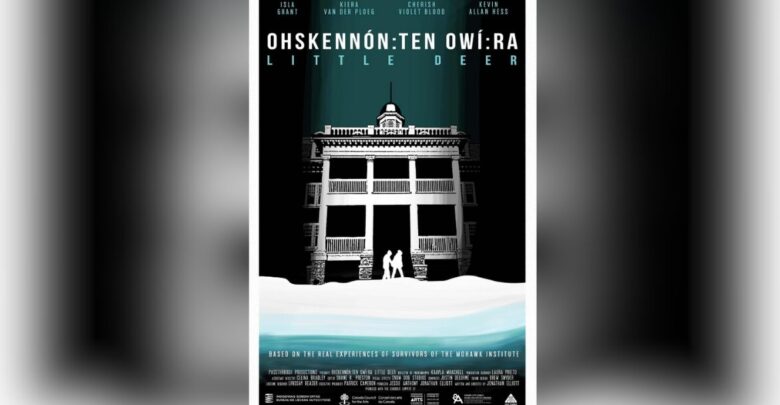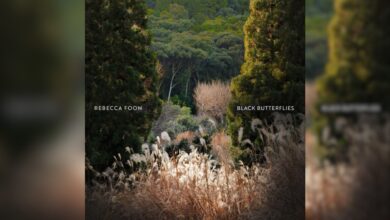EIFF film review: ‘Ohskennón:ten Owí:ra (Little Deer)’
'Little Deer' showcases the terrifying nature of residential schools through the experience of two girls risking their lives to escape the Mohawk Institute Residential School.
 Supplied
SuppliedNote: This article contains mentions of residential schools which some readers may find upsetting.
Ohskennón:ten Owí:ra (Little Deer) was part of the 2024 Edmonton International Film Festival’s (EIFF) screening of Indigenous short films. Directed by Jonathan Elliot, it’s a film about the horrific nature of residential schools, and the harrowing journeys that the survivors had to make.
The short film follows Sue (Kiera Van Der Ploeg) and Marie (Isla Grant) as they rush to escape the Mohawk Institute Residential School. The Mohawk Institute (also known as “Mush Hole”) was a residential school in Brantford, Ontario. It ran from 1831 to 1970, and was the longest running residential school in Canada.
The intense fear and urgency portrayed throughout this film was palpable. Every moment that Sue and Marie were running from the school made my heart beat faster. While they are just children, they both understand the gravity of their situation. They also know what it means for them if they fail to escape. The thing that adds to the imminence? It’s winter — and they will freeze to death if they don’t hurry.
The film momentously showcases the aspect of intergenerational trauma. When Sue and Marie are running, they arrive at Sue’s grandfather’s house, Hank (Kevin Allan Hess) — assuming they can shelter there. However, Hank urges them to go back to the school, worried about their safety. He knows that if they get caught, their fate will be worse than if they stayed at the school. Since Hank also attended Mush Hole, he understands the severity of running away. He knows that Sue and Marie will not be safe with him.
When the girls finally make it to safety after crossing a frozen river, they stay with Sue’s mother, Vera (Cherish Violet Blood), who instantly welcomes them into her home. While she also went to the school, she doesn’t have the same mindset of her father. Vera’s demeanor is warm and accepting, which is something the girls embrace. However, Marie is still weary. She’s concerned about her sister’s whereabouts and is fearful about the situation. While Vera comforts her, the overall tone of fear that exists throughout the film continues to put the audience on edge.
While the movie ends with the two girls peacefully sitting on a swing, the audience leaves with the fear of the unknown. Did they survive the cold winter? Were they forcefully taken back to the school? What happened to Marie’s sister? Though the ending is ambiguous, it speaks to the fact that for many Indigenous children who went to these schools, their fate will unfortunately forever be unknown.




